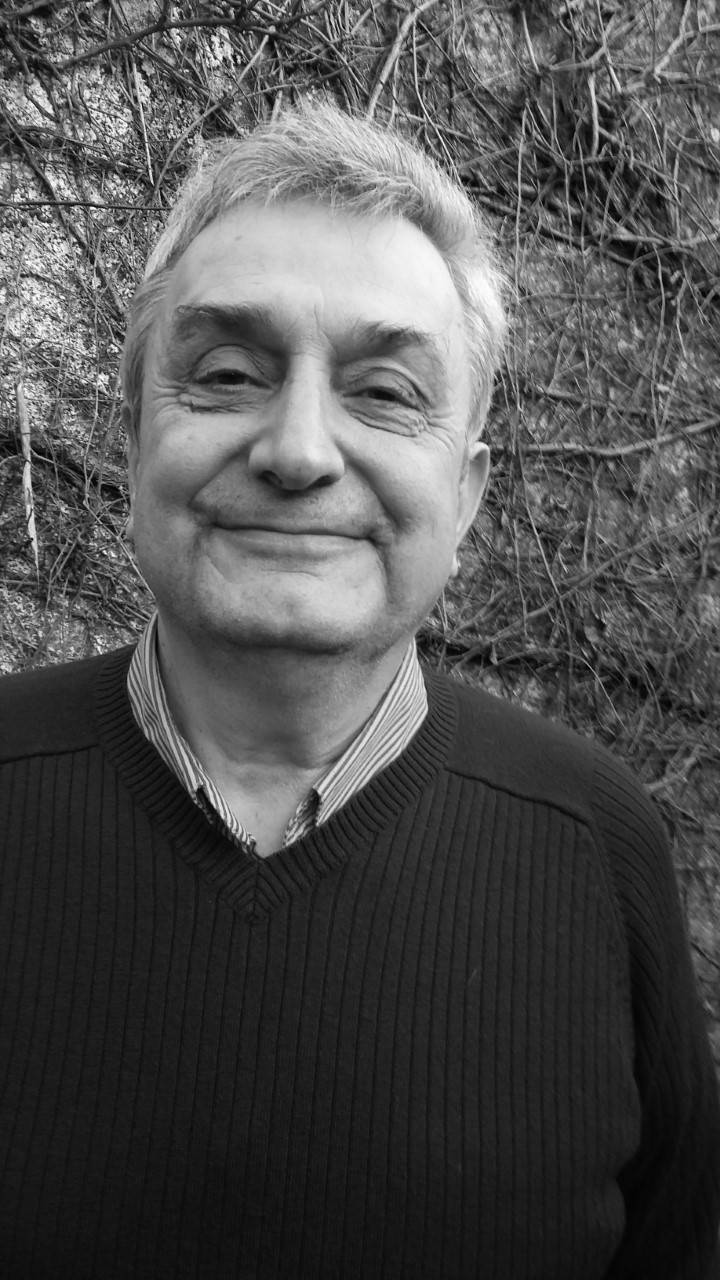
Jean-Pierre Watchi was born in Bamako (Mali) and at present lives and works in France. He was schooled in Lebanon and later studied at the London Film School. Watchi held his first solo exhibitions in Beirut at l’Ecole des Lettres in 1972, he later exhibited his work in Dar el Fan in 1974 and held a solo show (painting, photography and video) at the Institut du Monde Arabe in 1989. For the past fifteen years, he has been focusing on multimedia works that combine photography, digital animation and video. In 1977 he presented an audio-visual project in a public space at the XIV Sao Paulo Biennial. Previously, his work has been showcased at the influential FIAC art fair in Paris (1980) and at Samy Kinge Gallery, also in Paris. With Galerie Janine Rubeiz, where his work is permanently exhibited, he held the solo show “Photographs from Beirut (1973-2012)in 2012 and has taken part in group exhibitions since 2009.
About his work:
At the expense of his own digital medium -photography, video, animation, Jean Pierre Watchi is less interested in the medium than in the effect and the affect, or the disaffect. The artist's multilayered experimental perspectivism - it wouldn't do justice to its formal qualities to call it photography - operates on the vocabulary of celluloid, but allowing the viewer not simply to visualize the process of cutting and editing, but to observe the raw, unmediated and uncontrolled element as it would be perceived by the senses in motion. There's no intoxication here as a simple editorial effect but a transgression is effected on both the medium and the interpretandum. As human organs have not entirely adapted to the new technology of the digital age, problems of composition emerge in the artist's almost raw but unmovable footage, making us keenly aware of the slow and rather comic confrontation between man and image, between visual culture and the repository of reality. Watchi's fragmented images of Beirut are a terrifying interior view of a land sometimes haunted, sometimes magical, at the edge of something about to dissolve but never altogether lost or found. However digital his medium-photography, video, animation, Jean Pierre Watchi is less interested in the medium than he is in effect and affect, or disaffect. The artist's multilayered experimental perspectivism - it wouldn't do justice to its formal qualities to call it photography - operates on the mechanism of celluloid, but allowing the viewer not to visualize the process of cutting and editing, but to observe the raw, unmediated and uncontrolled as it would be perceived by the senses in motion. There's no intoxication here as a simple editorial effect but a transgression is effected on both the medium and the interpretandum. As human organs have not entirely adapted to the new technology of the photographic age, problems of composition emerge in the artist's almost raw but unmovable footage, making us keenly aware of the slow and rather comic confrontation between man and image, between visual culture and the repository of reality. Watchi's fragmented images of Beirut are a terrifying interior view of a land sometimes haunted, sometimes magical, at the edge of something about to dissolve but never altogether lost or found.